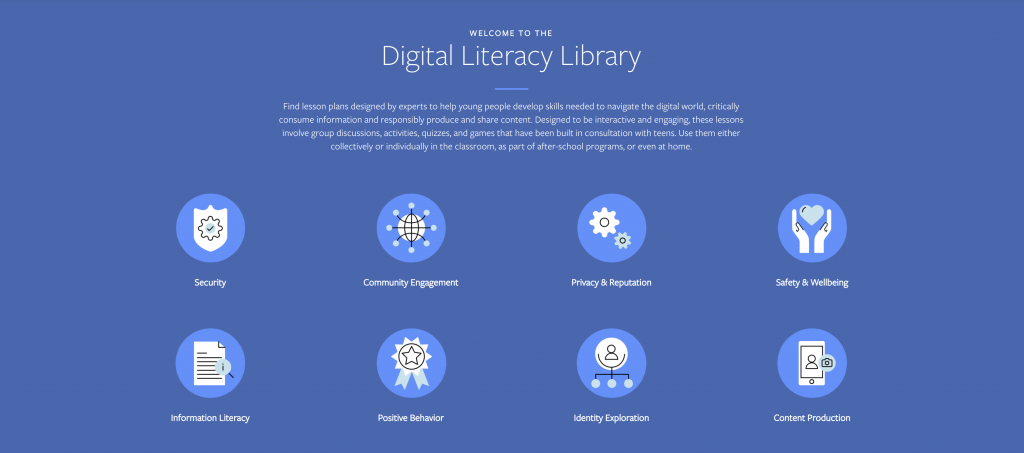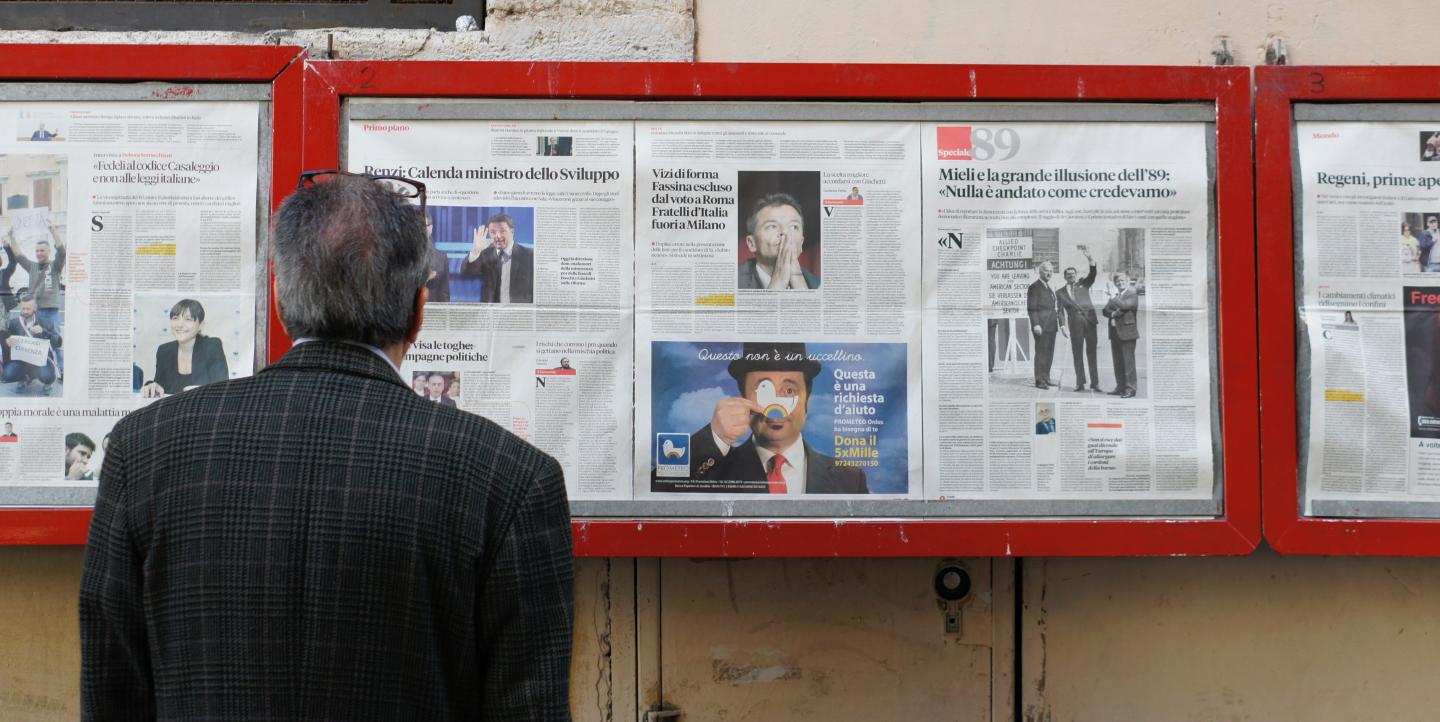A recent study found 82 percent of middle school students couldn’t differentiate sponsored articles from real news stories, stressing the importance of including media and news literacy lessons in curriculum. Unsure how to make your students more news fluent? We created this list of seven educator resources to help students become better information consumers and sharers. All resources are free unless otherwise noted.
Checkology
The News Literacy Project
2.5 hours
This interactive online course teaches users how to recognize false or misleading information. Checkology also explains how to differentiate the various types of information people are exposed to on the internet, including information that informs, provokes, entertains, persuades, documents and sells. Through a series of quizzes, videos and activities, people who complete the course will be able to sort information and better understand the qualities of credible information. Checkology has free limited access, or $3-5 per student for unlimited access.
Common Sense Education
Common Sense Media
45 minutes per lesson
Common Sense Education provides lessons for K-12 educators about learning digital citizenship and the responsibility that comes with sharing information on the internet. Educators can select lesson plans based on grade level and topic, such as information literacy, privacy and security, and internet safety. Bonus: The site also trains educators on how to teach the courses.

Facebook Digital Literacy Library
Youth and Media at the Berkman Klein Center for Internet and Society at Harvard University
55-120 minutes
The “library” is a collection of lesson plans for educators that want to teach kids ages 11-18 necessary skills to navigate the digital world. These skills cover a wide range of topics including security, community engagement, privacy and reputation, and information literacy. Users can filter lessons to find the course most relevant to their needs.
Fighting Fake News
Newseum ED
50 minutes
In Fighting Fake News, students (sixth grade through college) learn the threat of sharing fake news, why they should care what’s true and what’s not, and how the motives behind stories can impact the validity of their content. Unlike the Facebook Digital Literacy Library and Common Sense Education, Fighting Fake News focuses more on the news industry. It’s offered both in-person and online and is free with admission.
Media and Information Curriculum for Teachers
UNESCO
This all-encompassing guide for teachers can be used to understand the essential role media, libraries and archives play in democracies. The curriculum focuses on the knowledge of media and information for democratic discourse, the evaluation of media and information, and the production of use and information. It also defines terms that are commonly used in educational materials about information literacy.
News Literacy course
Stony Brook University
One week per lesson
Teachers can use the News Literacy course as a complete 14-week course, or as stand-alone lessons that can be easily incorporated into any program. The lessons cover the history and importance of news, ethical decisions journalists make, and how to evaluate sources. Each Course Pack includes Powerpoint presentations, associated media, lecture notes and recitation materials.
Sources, Verification and Credibility
Poynter News University
1-2 hours
This course teaches you how to be a good news consumer and producer. It gives you the necessary tools to evaluate which sources are credible, to know when to share news and information with others, and to ask questions before publishing a tweet or blog post. You will also learn about the different forms of information found on the internet including news, advertising and public relations. This class is for students, journalists, citizen contributors or anybody who wants to learn more about information they consume online.
This article was originally published by the Arizona State University News Co/Lab. It was republished on IJNet with permission.
Main image CC-licensed by Unsplash via Filip Mishevski.

